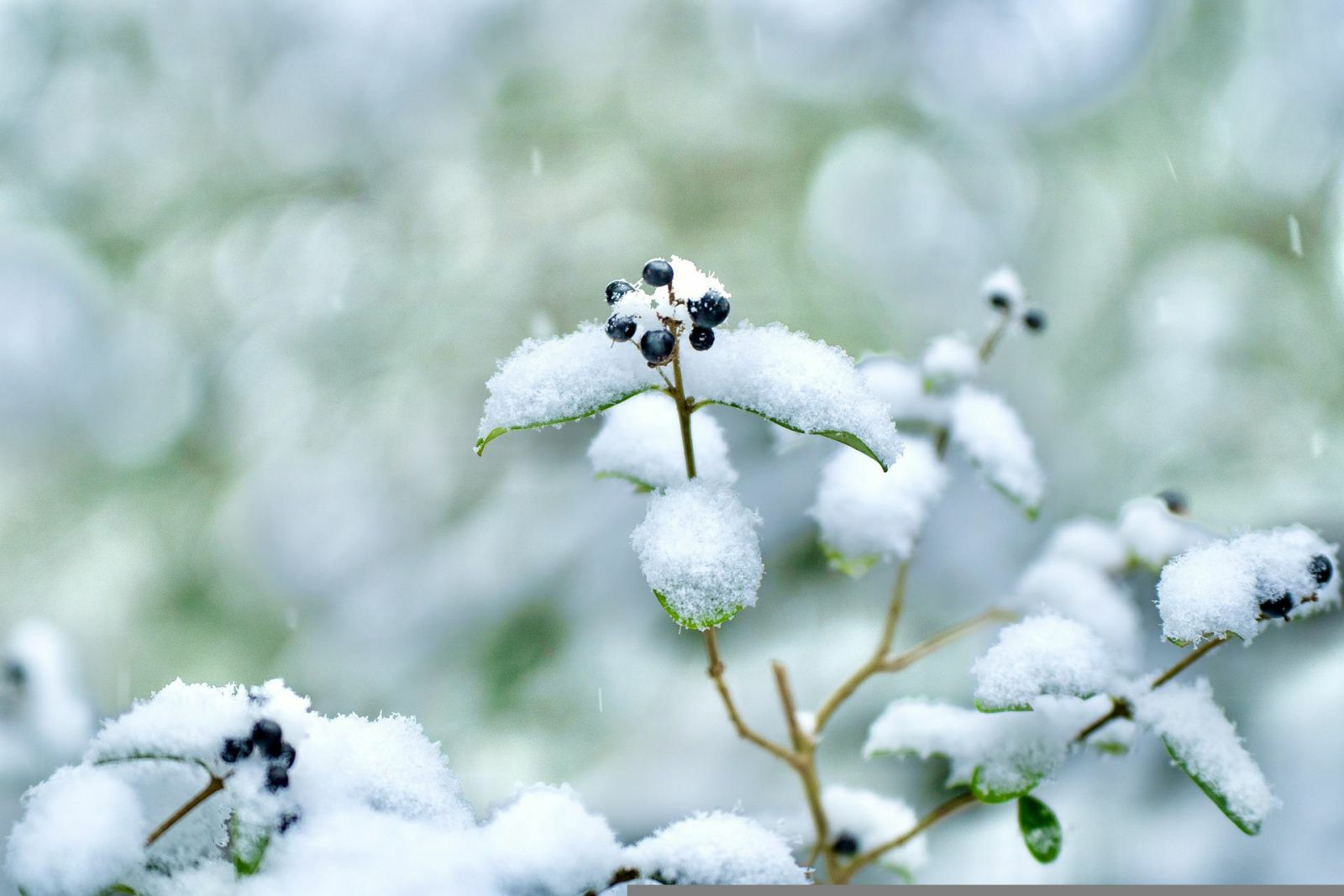Are the ice saints still relevant?
Ice saints
The ice saints have served as a guideline for gardeners for centuries. They bring the last frosts of the year in mid-May. After that, the weather remains largely constant and the late frosts are over. So from mid-May, you can plant and sow whatever you want to grow in the bed this year.
A changing climate
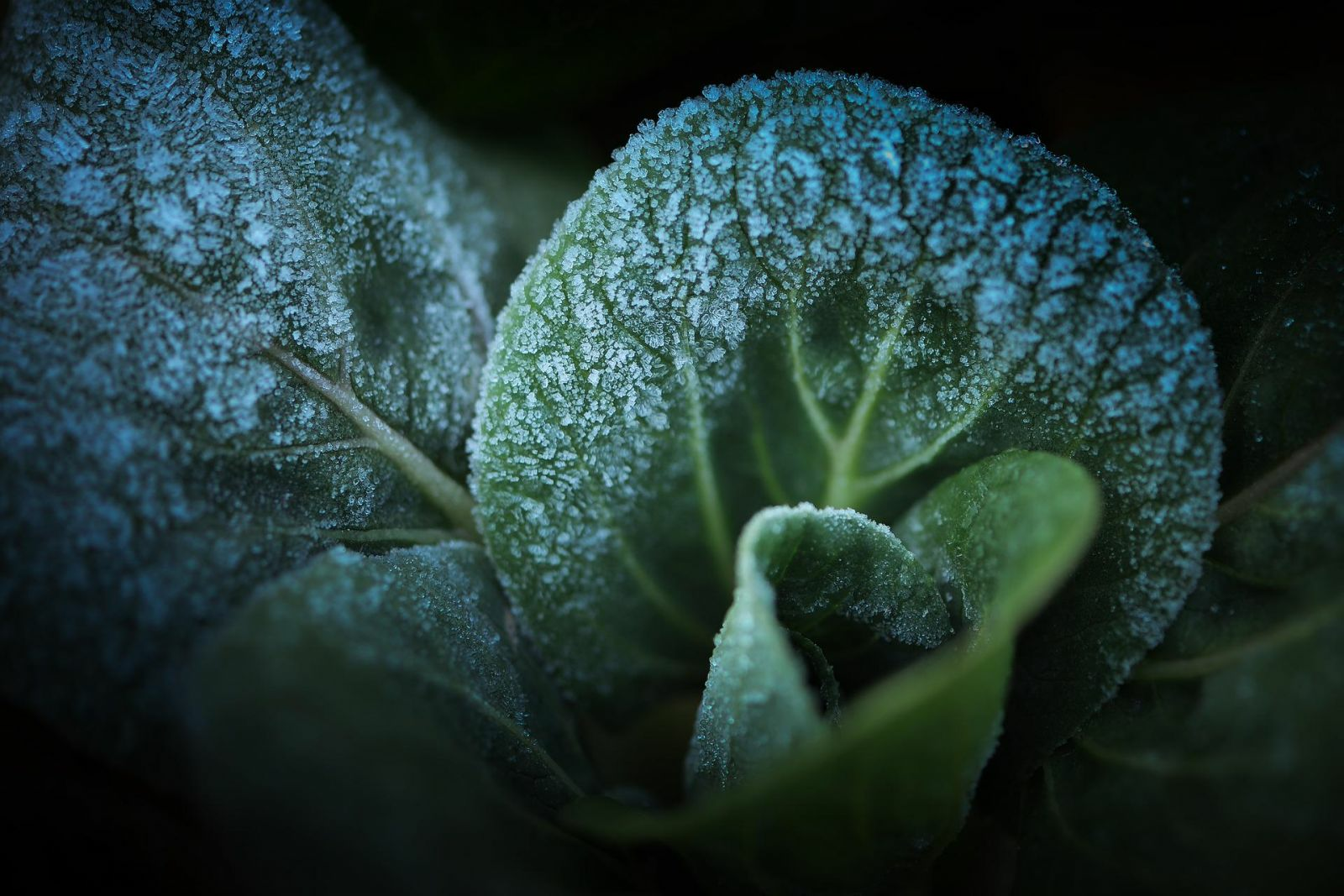
Due to climate change, extreme temperature events are increasing and the weather is changing. This makes the farmer's rule of the ice saints inaccurate. Late frosts are shifting and becoming a challenge for gardeners. In addition, spring temperatures are getting warmer, which stimulates plant growth. This combination of faster development and later frosts can become a problem, especially in fruit and wine growing. Vegetable plants are less sensitive.
Watch the weather forecast
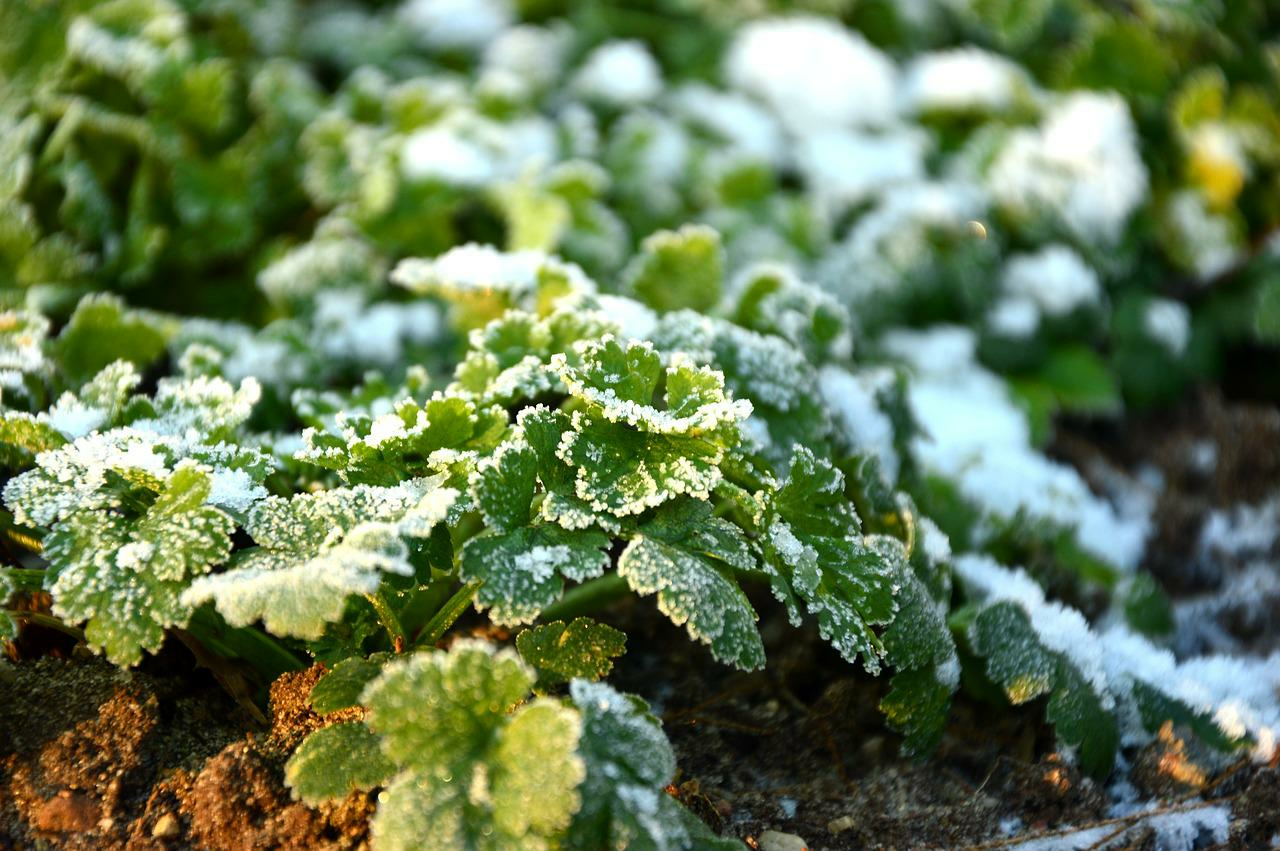
Due to the unpredictability of the weather, as a good gardener you should always keep an eye on the weather forecast. This way, you can react immediately if there is a risk of late frost.
Gardening tips for late frost
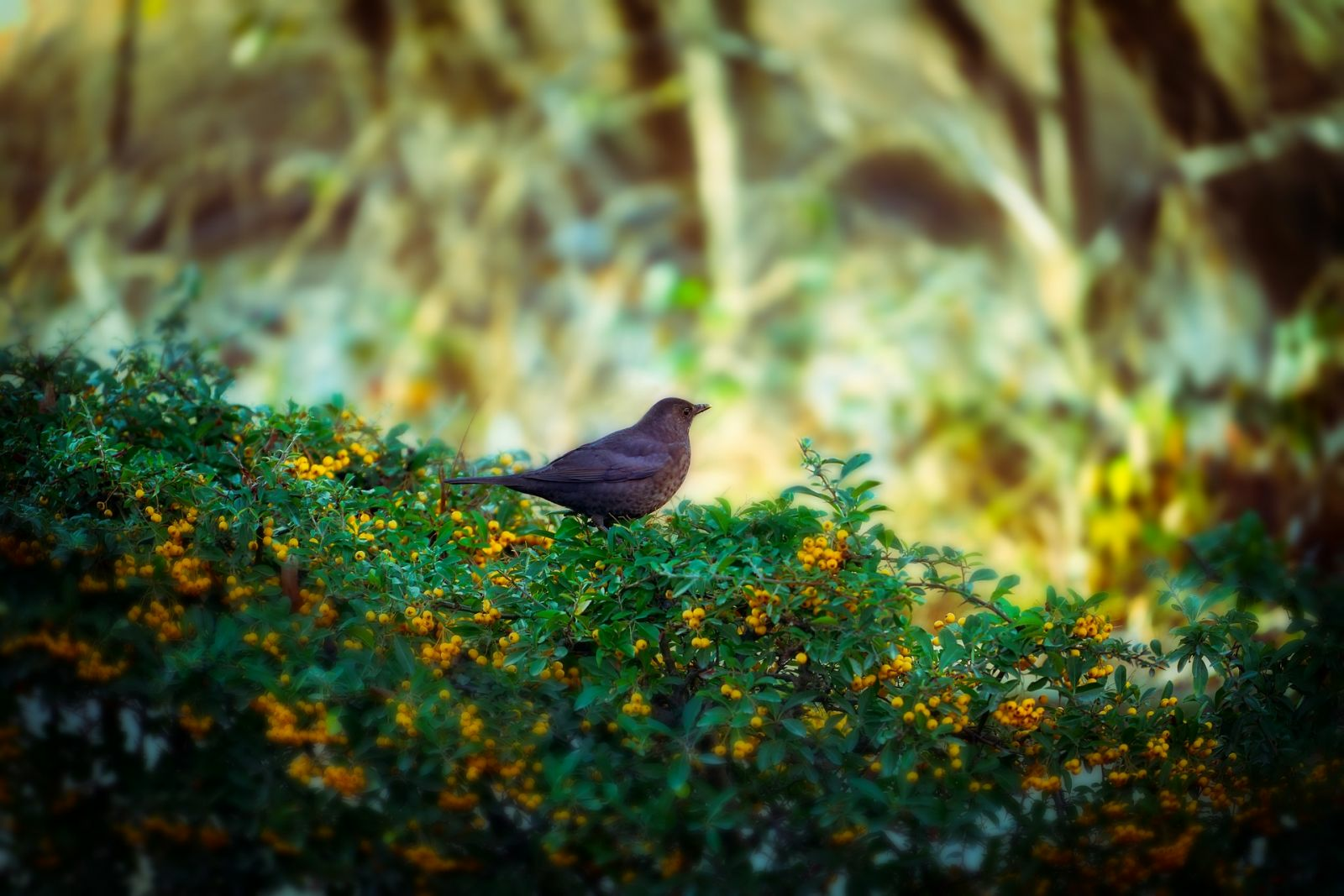
You can prevent frost damage by planning your garden accordingly. Plant sun-loving and sensitive crops in a wind-protected spot on the south side. You can plant a hedge as a windbreak to create a warmer microclimate. This should be closed to the west, as this is where the wind and weather front comes from. Frost-hardy shrubs are suitable in hollows and valleys.
Frost protection tips for fruit

- Valerian warms your flowers and protects them from temperatures down to -2 ° C/28 ° F (but warms them by a maximum of 5 ° C/41 ° F). To do this, spray them with diluted valerian extract.
- A fire under the trees warms the surrounding air, but is not usually permitted in a home garden.
- You can keep your flowers warm with frost irrigation. However, it requires an immense amount of water (you can read about what frost irrigation is and how it works in the long article)
Frost protection tips for vegetables
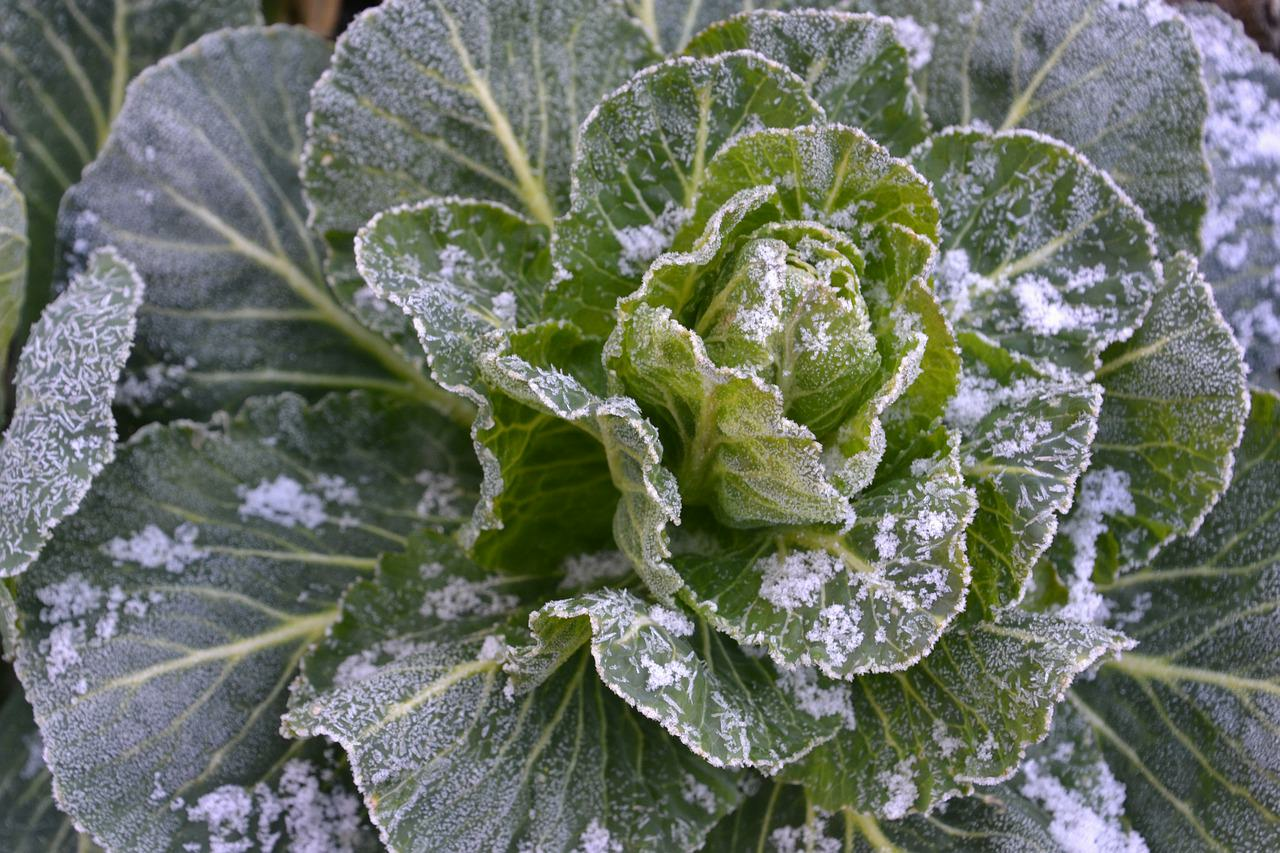
- Protect sensitive plants with a cold frame or garden tunnel and/or fleece
- In a foil tunnel or greenhouse, you can raise the temperature with candles
- Potted plants must be placed in a warm place or generously wrapped in fleece
Mammaiya on Pixabay.
